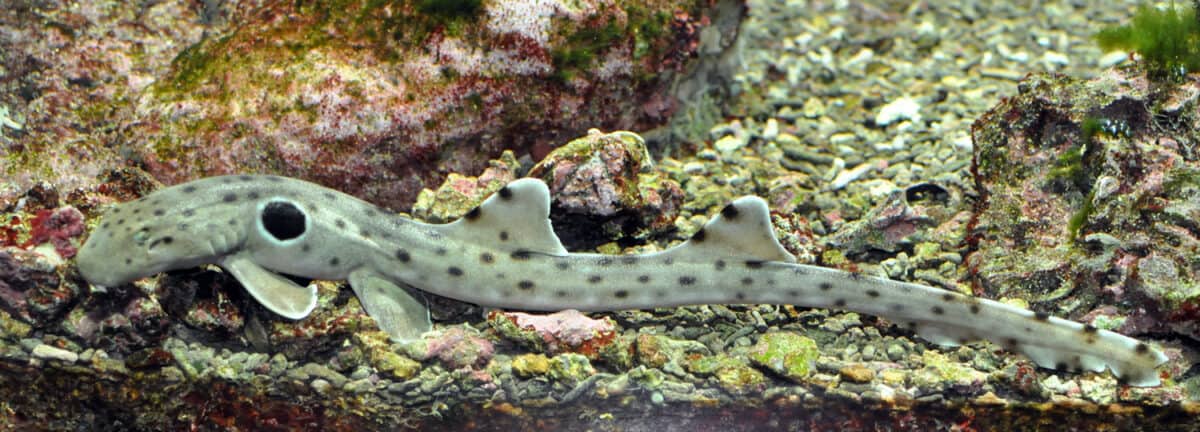When we think of fish, we typically imagine creatures gliding gracefully through water, their fins propelling them forward with each undulating movement. The idea of fish venturing onto land, much less walking across it, seems like something from science fiction. Yet remarkably, several fish species have evolved the ability to traverse dry land, challenging our conventional understanding of these aquatic vertebrates. These extraordinary creatures represent fascinating case studies in evolutionary adaptation, demonstrating nature’s remarkable capacity for innovation when faced with environmental pressures. From the iconic mudskippers of mangrove swamps to the climbing perch that can journey for days across land, walking fish provide scientists with valuable insights into how vertebrate locomotion on land may have first evolved hundreds of millions of years ago.
The Evolutionary Significance of Walking Fish
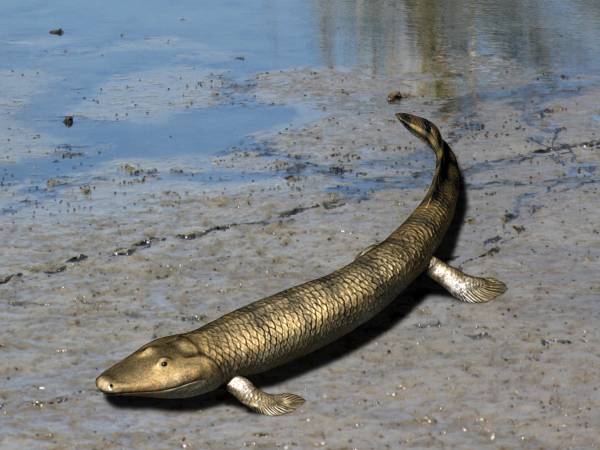
Walking fish aren’t merely biological curiosities; they represent living examples of evolutionary transitions. Approximately 375-380 million years ago, during the Late Devonian period, the first tetrapods (four-limbed vertebrates) began the momentous transition from aquatic to terrestrial life. This evolutionary milestone, known as the water-to-land transition, fundamentally altered the course of vertebrate evolution and ultimately led to the emergence of amphibians, reptiles, birds, and mammals—including humans.
Modern walking fish offer scientists valuable glimpses into how this ancient transition may have occurred. While today’s walking fish aren’t direct descendants of those early pioneering species, they demonstrate convergent evolution—where similar traits evolve independently in response to similar environmental challenges. By studying these contemporary land-traversing fish, researchers can better understand the biomechanical, physiological, and behavioral adaptations necessary for aquatic organisms to function in terrestrial environments.
Anatomical Adaptations for Terrestrial Movement
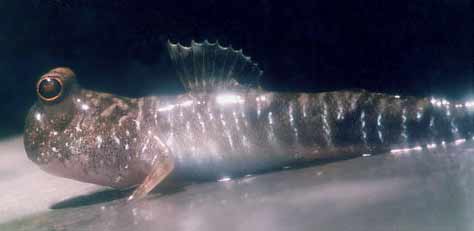
For fish to walk effectively on land, they require specific anatomical adaptations that differ significantly from their purely aquatic counterparts. Many walking fish have developed modified pectoral fins that function more like limbs, often with strengthened fin rays that can support their body weight outside water. Some species have developed specialized pelvic fins that work in conjunction with pectoral fins to create a walking or crawling gait.
Beyond fin modifications, walking fish typically possess more robust skeletal structures, particularly around the pectoral girdle, providing the necessary support for terrestrial locomotion. Their bodies are often more rigid than those of conventional fish, helping them maintain posture against gravity. Some species have even developed primitive “wrists” or joint-like structures that allow for more complex movements when navigating land. These adaptations collectively enable walking fish to push against solid substrates rather than fluid water, representing a fundamental shift in locomotion strategy.
Respiratory Innovations for Air Breathing
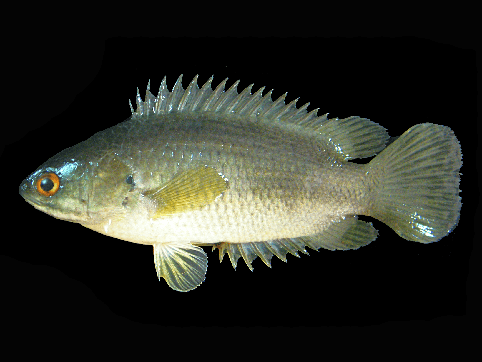
Perhaps the most significant challenge for fish on land is respiration. Fish typically extract oxygen from water using gills, structures that collapse and become ineffective in air. Walking fish have evolved remarkable solutions to this problem through various supplementary breathing mechanisms. Many species possess specialized air-breathing organs that complement their gills, allowing them to extract oxygen directly from the atmosphere.
The climbing perch (Anabas testudineus), for example, has developed labyrinth organs—complex structures of folded tissue in the fish’s head that can extract oxygen from air. Mudskippers can trap water in their gill chambers and absorb oxygen through their skin and mouth linings. The African lungfish possesses primitive lungs alongside its gills. These respiratory adaptations are crucial for survival during terrestrial excursions, enabling walking fish to remain active and functional outside of water for extended periods—from hours to even months in some specialized species like lungfish, which can estivate (enter a dormant state) during drought conditions.
Mudskippers: Masters of Land and Water
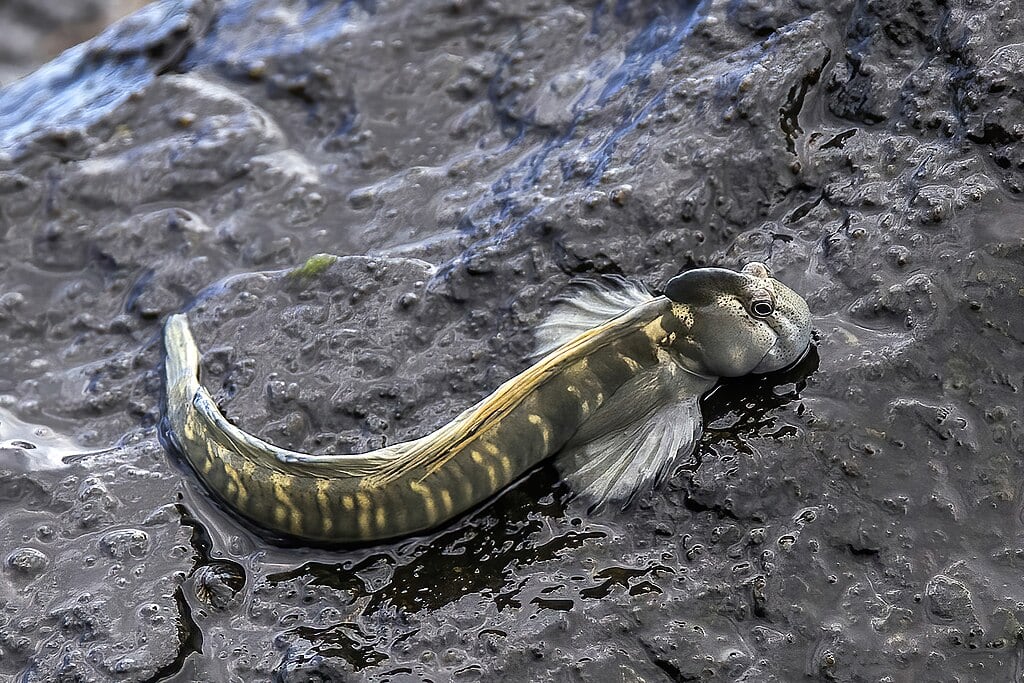
Mudskippers (family Oxudercidae, subfamily Oxudercinae) are perhaps the most recognizable walking fish, commonly found in intertidal zones, mangrove swamps, and mudflats throughout the Indo-Pacific region. These remarkable fish have developed an impressive array of adaptations for their amphibious lifestyle. Their prominent pectoral fins function effectively as limbs, allowing them to “skip” across mud with surprising agility, while their muscular pelvic fins provide additional support and stability.
Mudskippers can breathe air through their skin and the linings of their mouths and throats, which remain moist with water stored in their gill chambers. They possess specialized eyes positioned high on their heads, providing nearly 360-degree vision—crucial for spotting both predators and prey in their dual environments. Some mudskipper species can even climb trees and other vertical surfaces using their specialized fins, demonstrating remarkable adaptability. During high tide, they retreat to underwater burrows, emerging during low tide to feed, establish territories, and find mates, effectively exploiting resources in both aquatic and terrestrial realms.
The Remarkable Journey of Climbing Perch
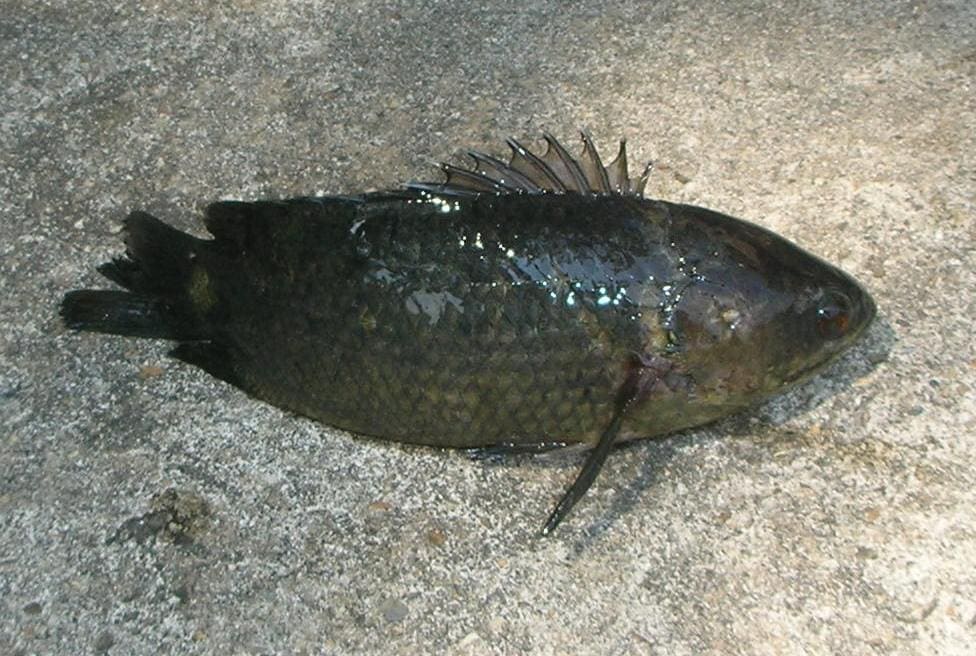
The climbing perch (Anabas testudineus) earned its name through its extraordinary ability to travel overland between bodies of water, sometimes covering distances of hundreds of meters. Native to Southeast Asia, this determined fish uses its spiny gill plates and pectoral fins to wriggle and push itself across land. Even more impressively, it can climb vertical surfaces, including tree trunks and rough walls, by locking its spiny gill plates into position and flexing its body to inch upward.
Climbing perch have become notorious as invasive species in some regions precisely because of their remarkable land mobility. In Australia’s northern territories, environmental authorities have expressed concern about these fish potentially establishing themselves in waterways, as their ability to travel across land makes them particularly difficult to contain. The fish’s labyrinth organ allows it to breathe air for days, enabling overland journeys that would be impossible for conventional fish. This terrestrial capability, combined with their tolerance for poor water quality and ability to estivate in mud during dry periods, makes climbing perch exceptionally adaptable survivors.
Walking Catfish: Nocturnal Land Travelers

The walking catfish (Clarias batrachus) presents another fascinating example of terrestrial fish locomotion. Originally native to Southeast Asia, these hardy catfish have become established as invasive species in Florida and parts of other southeastern United States after being introduced through the aquarium trade in the 1960s. Unlike many other walking fish that use modified fins, walking catfish employ a distinctive serpentine movement, using their stiff pectoral fins and undulating body to propel themselves across land, particularly on rainy nights when conditions are moist.
Walking catfish possess specialized suprabranchial organs—air-breathing structures located above their gills—that extract oxygen from the air. This respiratory adaptation allows them to survive in oxygen-depleted waters and to remain active during overland journeys lasting several hours. Their nocturnal land migrations typically occur when seeking new water sources during rainy seasons or when their habitats become overcrowded or depleted of food. Their ability to travel up to 1.2 kilometers (0.75 miles) overland contributes significantly to their success as invasive species, allowing them to colonize new water bodies that would be inaccessible to purely aquatic fish.
Northern Snakehead: Aggressive Land-Capable Predators

The northern snakehead (Channa argus) has gained notoriety in North America as an aggressive invasive species with remarkable terrestrial capabilities. Native to parts of China, Russia, and Korea, these predatory fish can grow to nearly a meter in length and possess a frightening array of adaptations for both aquatic and terrestrial environments. When moving on land, snakeheads utilize a unique combination of body undulations and pectoral fin movements, allowing them to travel significant distances between water bodies.
Snakeheads are equipped with suprabranchial chambers that function as primitive lungs, enabling them to breathe atmospheric oxygen for up to four days if their skin remains moist. This respiratory capability, combined with their tolerance for a wide range of environmental conditions, makes them particularly successful invaders. Their ability to traverse land has raised significant ecological concerns in regions where they’ve been introduced, as they can access isolated water bodies and establish new populations. As voracious predators with few natural enemies outside their native range, snakeheads can dramatically alter aquatic ecosystems, potentially outcompeting and preying upon native fish species.
The Amphibious Mangrove Rivulus
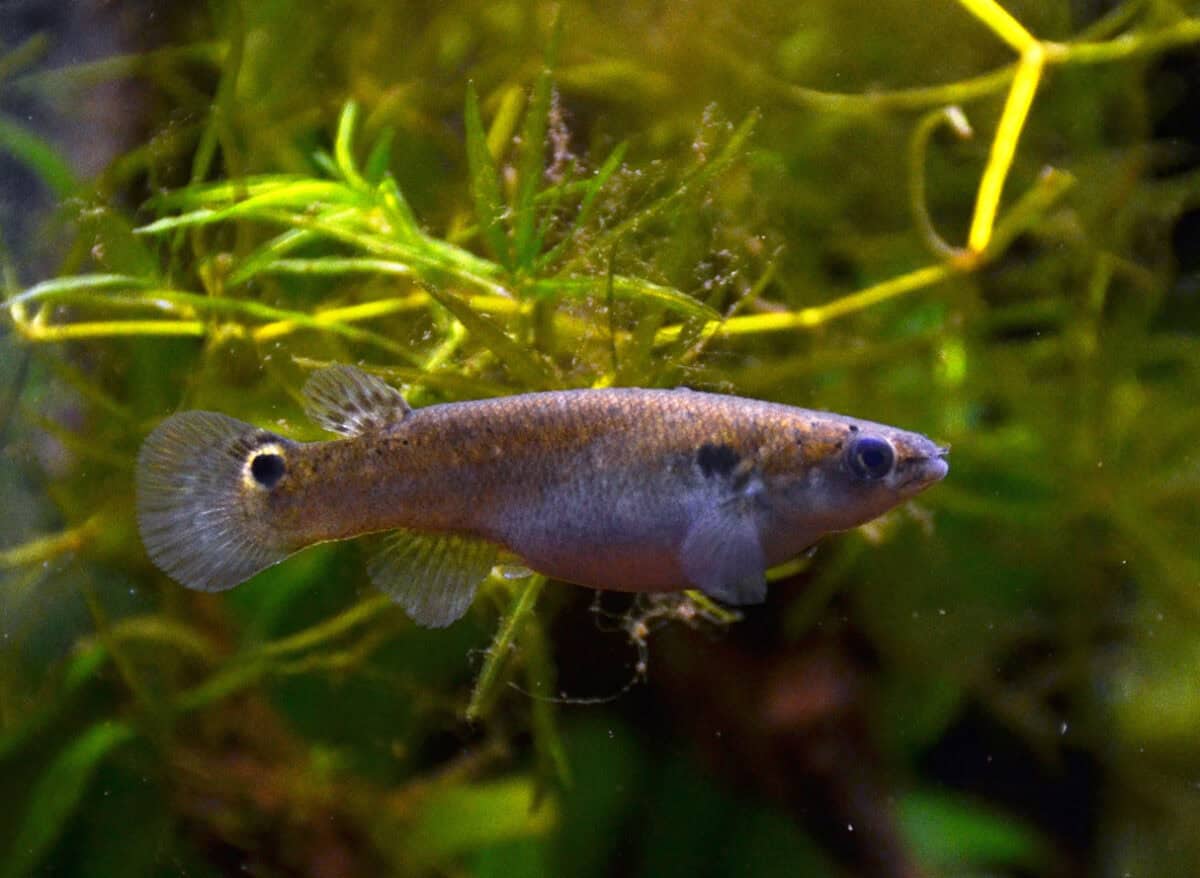
The mangrove rivulus (Kryptolebias marmoratus) may be small—typically measuring only 2.5 cm (1 inch) in length—but it possesses extraordinary amphibious capabilities that place it among the most land-adapted of all fish species. Found in mangrove habitats throughout the Caribbean, Florida, and parts of Central and South America, these diminutive fish can survive out of water for weeks or even months under the right conditions. When on land, they use a distinctive jumping movement, flexing their bodies into a “C” shape and then straightening rapidly to launch themselves up to 20 centimeters in a single hop.
What makes the mangrove rivulus particularly fascinating is its ability to thrive in environments that would be lethal to most fish. It can breathe through its skin while on land, absorbing oxygen directly through specialized blood vessels near the surface of its skin. When water sources dry up, these resilient fish can find refuge in damp environments such as leaf litter, hollow logs, or even coconut shells, where they can remain until conditions improve. The mangrove rivulus also holds the distinction of being one of the few self-fertilizing hermaphroditic vertebrates, capable of reproducing without a mate—an adaptation that allows a single fish to colonize new habitats during its terrestrial journeys.
Epaulette Sharks: The Walking Sharks

While most walking fish are bony fish (Osteichthyes), certain cartilaginous fish (Chondrichthyes) have also evolved terrestrial locomotion capabilities. The epaulette shark (Hemiscyllium ocellatum) and its close relatives in the genus Hemiscyllium, collectively known as walking sharks, have developed the remarkable ability to “walk” along the ocean floor and even across exposed reef flats during low tide. Native to the shallow waters around Australia, New Guinea, and parts of Indonesia, these small sharks (typically less than a meter in length) use their muscular pectoral and pelvic fins to push themselves along the substrate in a distinctive walking motion.
Epaulette sharks have evolved specialized physiological adaptations to cope with the harsh conditions of tidal pools and exposed reefs. They can tolerate severely hypoxic (low-oxygen) conditions that would be fatal to most other shark species, essentially “holding their breath” for hours by reducing their oxygen requirements and redirecting blood flow to essential organs. This remarkable hypoxia tolerance allows them to traverse shallow, oxygen-depleted tide pools or even briefly exposed reef flats when searching for prey or moving between areas of deeper water. Recent research suggests that walking sharks may represent some of the newest shark species on the planet, having evolved within the last 9 million years, and continue to speciate as they adapt to different island habitats across their range.
African Lungfish: Ancient Air Breathers

African lungfish (genus Protopterus) represent living links to some of Earth’s earliest air-breathing vertebrates. These ancient fish, whose lineage dates back over 400 million years, possess primitive lungs alongside their gills, allowing them to breathe air directly—an adaptation crucial for survival in their seasonally drying habitats across parts of Africa. When moving on land, lungfish use their filamentous pectoral and pelvic fins in a primitive form of locomotion, pushing and dragging themselves across short distances in a movement somewhat reminiscent of salamanders.
Perhaps the most remarkable adaptation of African lungfish is their ability to estivate—enter a dormant state similar to hibernation—during drought conditions. As their water habitats dry up, lungfish burrow into the mud and secrete a mucus cocoon that hardens around their bodies, leaving only a small opening for air breathing. Within this protective casing, the lungfish can survive for years, dramatically slowing their metabolism and living off fat reserves until rains return. This extraordinary survival strategy, combined with their ability to breathe air and move across land, has allowed lungfish to persist for hundreds of millions of years through multiple mass extinction events that eliminated countless other species.
Environmental Triggers for Terrestrial Behavior

Walking fish don’t venture onto land randomly; specific environmental conditions and stimuli typically trigger their terrestrial excursions. For many species, declining water quality serves as a primary catalyst—as oxygen levels drop, competition increases, or predation pressure intensifies, the benefits of terrestrial movement may outweigh the risks. Seasonal changes, particularly in rainfall patterns, also strongly influence land excursions, with species like walking catfish becoming more active on land during rainy seasons when moist conditions reduce the risk of desiccation.
Food availability represents another significant trigger for terrestrial behavior. Mudskippers regularly emerge from water to feed on insects, small crustaceans, and other invertebrates abundant in intertidal zones, essentially exploiting ecological niches unavailable to purely aquatic competitors. For some species, reproduction may necessitate land travel—certain killifish lay eggs in seasonally flooded areas, requiring adults to traverse dry terrain to reach breeding grounds when rains begin. Understanding these environmental triggers provides important insights into the ecological pressures that have shaped the evolution of walking behaviors and continues to influence when and why these remarkable fish leave their aquatic domains.
Conservation Challenges for Walking Fish
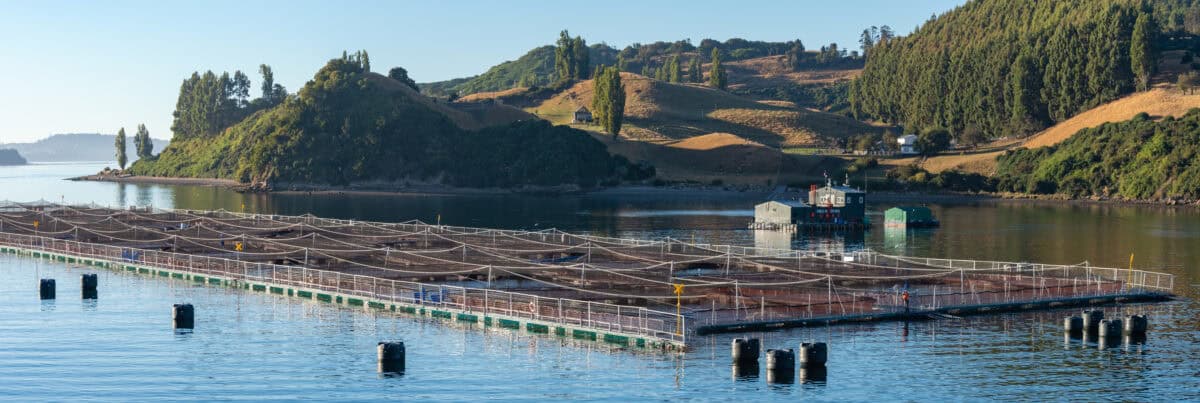
Despite their impressive adaptability, many walking fish species face significant conservation challenges. Habitat destruction presents perhaps the most severe threat, particularly for species dependent on specific ecosystems like mangroves, which are being cleared at alarming rates for coastal development and aquaculture. Climate change adds another layer of vulnerability, as altered rainfall patterns and rising temperatures may disrupt the delicate balance of wet and dry periods that many walking fish have evolved to exploit.
Ironically, the same adaptations that allow some walking fish to thrive as invasive species in new territories make native walking fish vulnerable to introduced competitors and predators. Overfishing further threatens many species, with fish like the climbing perch and walking catfish targeted for food in their native ranges. Conservation efforts for walking fish must consider both their aquatic and terrestrial requirements, protecting not only water bodies but also the surrounding land areas that serve as crucial movement corridors. The loss of these evolutionary marvels would represent not only an ecological tragedy but also the disappearance of living laboratories that help us understand one of evolution’s most significant transitions.
Walking fish represent extraordinary examples of nature’s ingenuity and adaptability. These remarkable creatures, with their specialized fins, respiratory innovations, and behavioral flexibility, demonstrate how evolutionary pressures can produce solutions that transcend seemingly fixed biological boundaries. From the ancient lungfish that weathered hundreds of millions of years of planetary changes to the recently evolved walking sharks still in the process of speciation, these animals offer us a window into both evolution’s past and its ongoing processes.
The ability of fish to walk on land challenges our preconceptions about the limitations of different animal groups and reminds us that nature rarely adheres to the neat categories humans create. As we continue to study these fascinating creatures, we gain not only scientific knowledge about evolutionary transitions and physiological adaptations but also a deeper appreciation for life’s resilience and versatility. Walking fish serve as powerful reminders that survival often depends on breaking boundaries and venturing into new territories—both literally and figuratively.
Whether navigating mangrove swamps, traversing mudflats, or seeking new water bodies during environmental challenges, walking fish exemplify the extraordinary potential of adaptation. Their continued existence, despite mounting environmental pressures, speaks to their remarkable evolutionary innovations. By protecting these living examples of evolutionary transition, we preserve not only unique and valuable species but also our opportunity to understand one of the most significant chapters in the history of life on Earth—the momentous journey from water to land.
As we face our own environmental challenges in the coming decades, perhaps there are lessons to be learned from these boundary-crossing creatures that have successfully navigated between worlds for millions of years, adapting and thriving where conventional wisdom suggests they shouldn’t be able to survive at all.
- Why Some Fish Can Walk Across Dry Land - August 11, 2025
- 12 Signs Your Dog Is Struggling with Weather Changes - August 11, 2025
- The Record-Breaking Hammerhead Shark Spotted Near Texas - August 11, 2025

